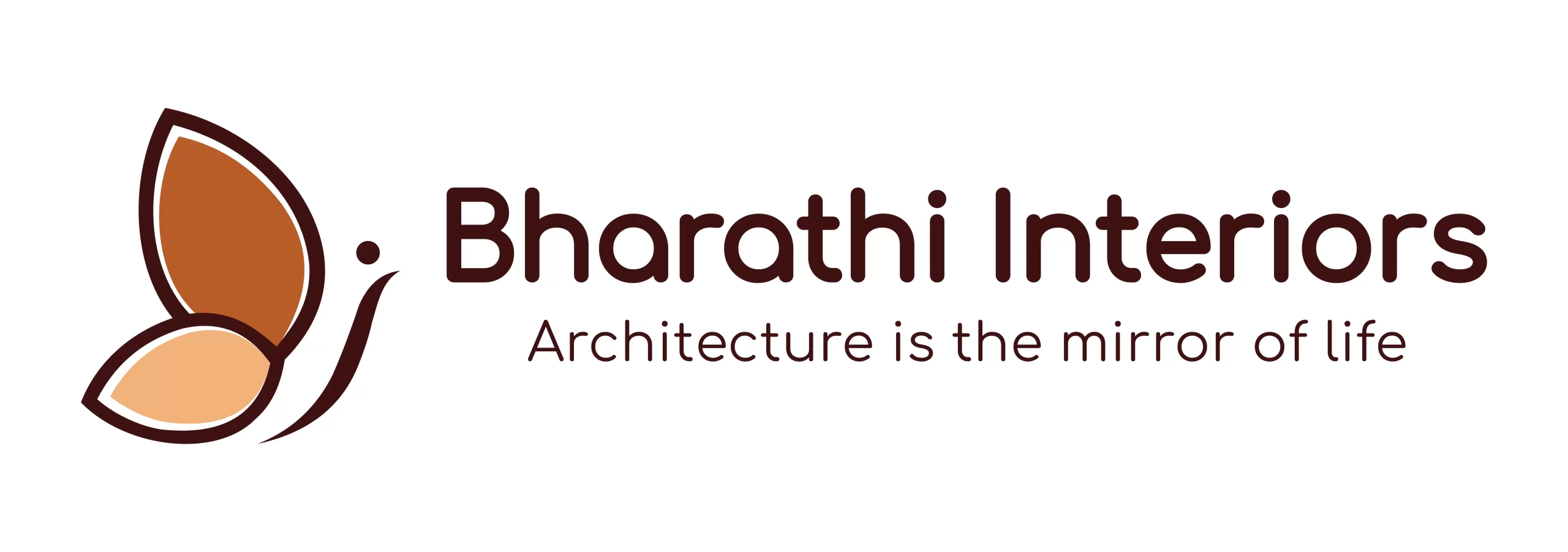Introduction
Color in the hands of an Interior Designer can change the way you experience the room or space. Other than providing a visual connection, colors have the ability to connect with you emotionally. Some of the Best Interior Design in Coimbatore put a lot of effort in color to create moods and enhance spatial perception and visual interest. When colors blend with the lights in your room, it can make your space look vibrant and resonate with you emotionally. Add your personal style and add more emotions to an interior design. Here are some important of Color in Interior Design in Coimbatore.
Get the Vibe to your Room
Different colors bring up different emotions and evoke feelings in a person. Color psychology plays an important role in interior design to make you feel the vibe in the space you are in. Here are some of the colors and the emotions you can feel
- Warm colors like red, orange, and yellow evoke energy, passion, and excitement.
- Cool colors like blue, green, and purple create a sense of calmness, relaxation, and serenity.
- Neutral colors like white, gray, and beige provide a versatile backdrop and can evoke a feeling of balance or sophistication.
- Vibrant colors are energetic and stimulating, evoking happiness and positivity.
- Cultural and personal associations with colors can influence emotional responses.
- The selection of colors in interior design can shape the desired mood and emotional experience in a space.

Enhancing space
Whatever you do, your room’s size will never change. By using correct colors you can easily make your room look big with visual conception. Here is some information on colors that can enhance the perception of space.
- Lighter colors create a sense of openness and make a room appear larger.
- Monochromatic color schemes add depth and dimension to a space.
- Choosing a lighter color for the ceiling can raise the perceived height of the room.
- The strategic use of color creates an illusion of depth and expands the visual space.
- Consistent color schemes between interconnected spaces enhance flow and create a sense of spaciousness.
Defining function
Interior Design Companies in Coimbatore have a specific way of defining the function of a space with the help of colors.
- Color Associations: Certain colors are commonly associated with specific functions or activities. For example, vibrant red or orange hues are often used in dining areas as they can stimulate appetite and promote social interaction. Calming blues and greens are frequently employed in bedrooms and relaxation areas to create a serene and peaceful atmosphere.
- Visual Cues: Colors serve as visual cues, indicating the purpose or use of a room. For example, Soft and muted colors, on the other hand, may be utilized in a library or study area to encourage focus and concentration.
- Emotional Responses: Different colors evoke specific emotions and moods, aligning with particular functions. For example, You can use Warm and inviting colors to create a welcoming atmosphere in common areas, while cool and calming colors are used in spaces designed for relaxation or meditation.
- Branding and Identity: Colors reinforce branding and identity in commercial spaces. Brands can align their brand’s image and make it easily recognizable for customers using colors that go with their brands. Using colors can improve the perception of a business and define its purpose to its audiences.
- Cultural Significance: Colors can also hold cultural significance and convey specific meanings. For example, in some cultures, white is associated with purity and spirituality, making it common in spaces for worship or meditation. Understanding the cultural context and symbolism of colors is important when designing spaces for specific cultural or religious purposes.

Adding visual interest
Colors can be used to capture the attention of a person in a space. Some of the best Interior Design Companies in Coimbatore are very much good at provoking visual interest using colors. Here are some methods used by interior designers to add visual interest to a space.
- Contrast: Mixing different colors creates impact and catches the eye. You can use contrasting colors which are opposite of the color wheel or you can mix light and dark shades.
- Accent Colors: Bold pops of color within a more subdued palette create focal points.
- Color Blocking: Using colors in large blocks or patterns adds a dynamic look. You can paint walls, use patterned textiles or furniture to enhance your interior.
- Textures and Finishes: Adding colors to different textures can add depth and visual appeal
- Unexpected Combinations: Surprising color mixes bring intrigue and captivate attention.
- Art and Accessories: Colorful artwork and decor enhance visual interest.
Showcase your personal style
Colors are highly subjective, and everyone has their own preferences and associations with different hues. By incorporating your preferred colors into your interior design, you can create a space that reflects your personality, taste, and style. Whether you prefer bold and vibrant colors or a more subdued and neutral palette, color allows you to express yourself and create a space that feels uniquely yours.
Conclusion
Interior Design Companies in coimbatore have better suggestions on colors for your room or space. It is you who will be choosing the color, and I hope the information provided here will be helpful in guiding you to choose the best color. Make sure that the color you choose can connect emotionally with the visitor and provide a visual treat to them. If you are a brand, then use the colors that represent your brand for more visibility with your audience.

